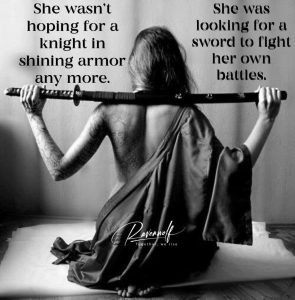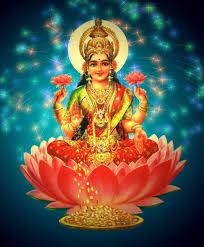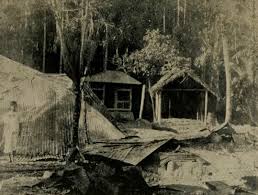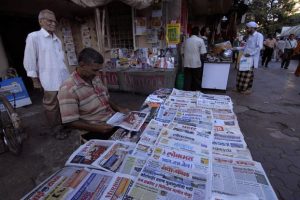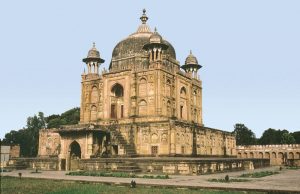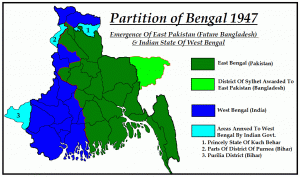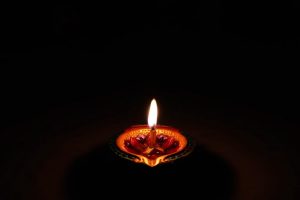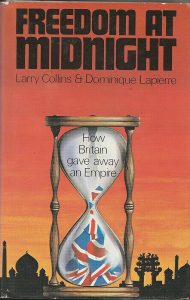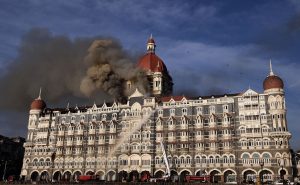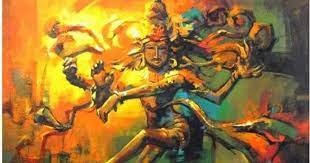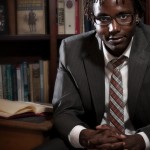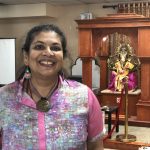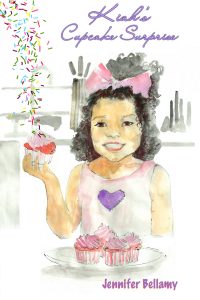Cultural Hegemony & Untold Genocides by Rinita Mazumdar PhD
A Brief History
In 1947 India gained independence from British rule. The Indian Subcontinent was divided into two nations, India, and Pakistan. Pakistan had two parts, a West Pakistan (which is now Pakistan) and an East Pakistan (which is now Bangladesh). The partition happened along religious lines. The leaders of the Muslim minority of the Subcontinent did not want to live with the Hindu majority and demanded a homeland for themselves. After the partition, India became a Hindu majority, while Pakistan became a Muslim majority state.
The map of Pakistan was yet to undergo another change in 1971. There was a huge ethnic and cultural difference between West and East Pakistan, although both were Muslim majority nations. Moreover, West Pakistan dominated East Pakistan, which was more populated and generated more revenue. Urdu, the language of the Punjabis of West Pakistan, was imposed on the Bengali speaking people of East Pakistan. Under the leadership of Sheikh Mujibar Rahman, the Bengali majority of East Pakistan revolted and wanted independence from West Pakistan. 1971 India and Pakistan went to war and Bangladesh . The torture of Bengalis by became independent. The Bengali population was massacred by the Pakistani army (Khan sena). The effect of the Cold War played a role in the India-Pakistan conflict. President Nixon and Henry Kissinger supported the Pakistani dictator Yahiya Khan and the Pakistani military by supplying weapons to curb the Soviet influence over the Indian Sub continent. According to official records 300000 Bengalis were killed by the Kahn senas with the help of Razakars (Hindi speaking collaborators who lived in East Pakistan). However, there were many more casualties. Of these 240000 were Bengali Hindus who took refuge in India. Almost all the intellectuals, physicians, teachers, attorneys, businessmen and politicians were killed. The special target of the Khan senas were Hindu women.
Testimonials
Here are some of the excerpts from people working in refugee camps and shelters where women sought help during the Bangladesh war of independence:
“We could not find any breasts of the female corpses, their vagina was torn to pieces and flesh was torn from their backs. Seeing the corpses of the women we were convinced that before their killing their breasts were forcibly torn from their bodies. Bayonets and iron rods were forcibly inserted into their vaginas.
The women who came to our organization are all victims of rape and they all had wounds in their vagina. It seemed that their vaginas were scraped with bayonets and their breasts had teeth marks……
After the war some glass jars were obtained from the camp, in them were parts of women’s bodies soaked in formalin. These parts were cut off skillfully. “
References:
Baidya, Nikhil Chandra. (2023). Deshbhag O Probahoman Samprodayikota. Translated by Rintia Mazumdar. Bak Pratima, Kolkata International Bookfair.
Unspoken Hindu Genocides and Ethnic Cleansing
It seems like the media is filled with stories about global conflict with extraordinary violence and disdain for life. Society indeed seems like its on the brink of collapse with everything that makes us human being threatened by war, genocide, disease and famine. From Rinita Mazumdar, PhD comes a translation, with additional commentary and analysis, of Sandip Mukherji’s Noakhali 1946. Your presale purchase entitles you to a discounted price as well as signed copies from Dr. Mazumdar. Click here for info and to purchase.


